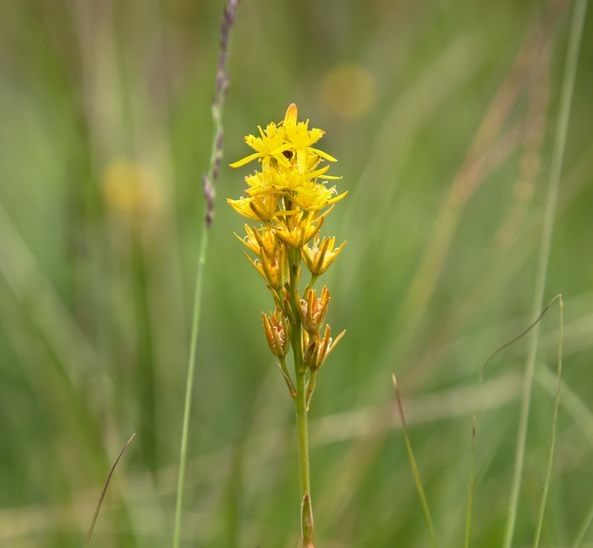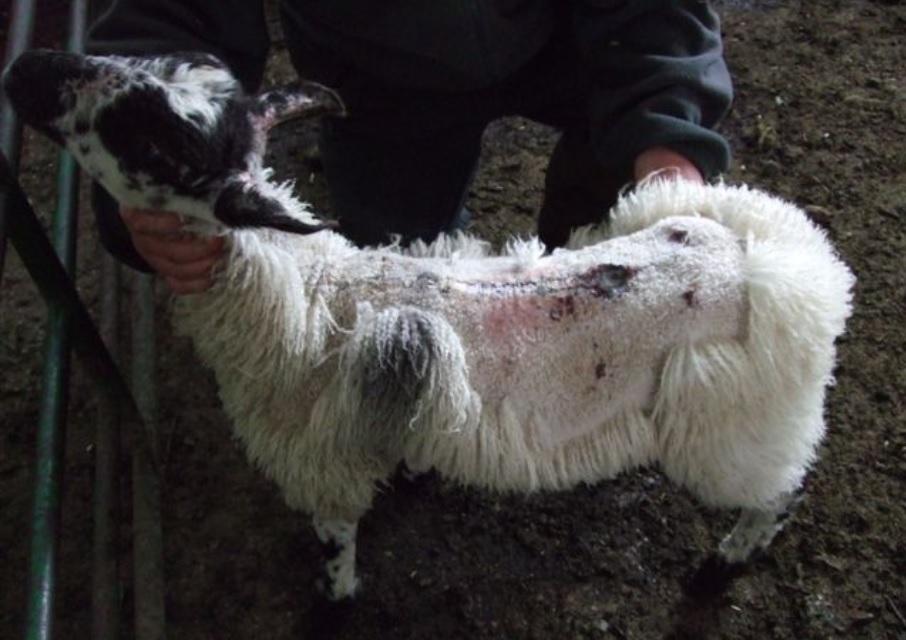
The National Farmers' Union has warned farmers in upland areas to be aware of a plant that is poisonous to both sheep and cattle, causing serious kidney problems.
Bog asphodel has become more prevalent in the uplands in recent times, partly due to the management regimes put in place for agri-environment schemes.
It's found on acidic damp habitats – wet heaths, wet and boggy moorlands up to about 1,000m in elevation - and produces spikes of bright yellow flowers in summer.

The plant is poisonous to both sheep and cattle, causing serious kidney problems and a photosensitive disorder (variously called 'alveld' in Norway, 'saut' in Cumbria and 'plochteach', 'yellowses' and 'head greet' in Scotland).
The photosensitization causes various chemical reactions in the skin on exposure to the sun, resulting in tissue damage. It can be fatal, but if caught early animals can be saved.
The NFU is urging farmers who have bog asphodel on pastures to 'carefully consider' a grazing regime to minimise the risk.
"If you are entering, or in, an agri-environment scheme for pasture with bog asphodel present, you will need to discuss grazing arrangements with your Natural England project officer", the NFU said.
The NFU has asked Natural England to warn applicants about the risks to animal health.
